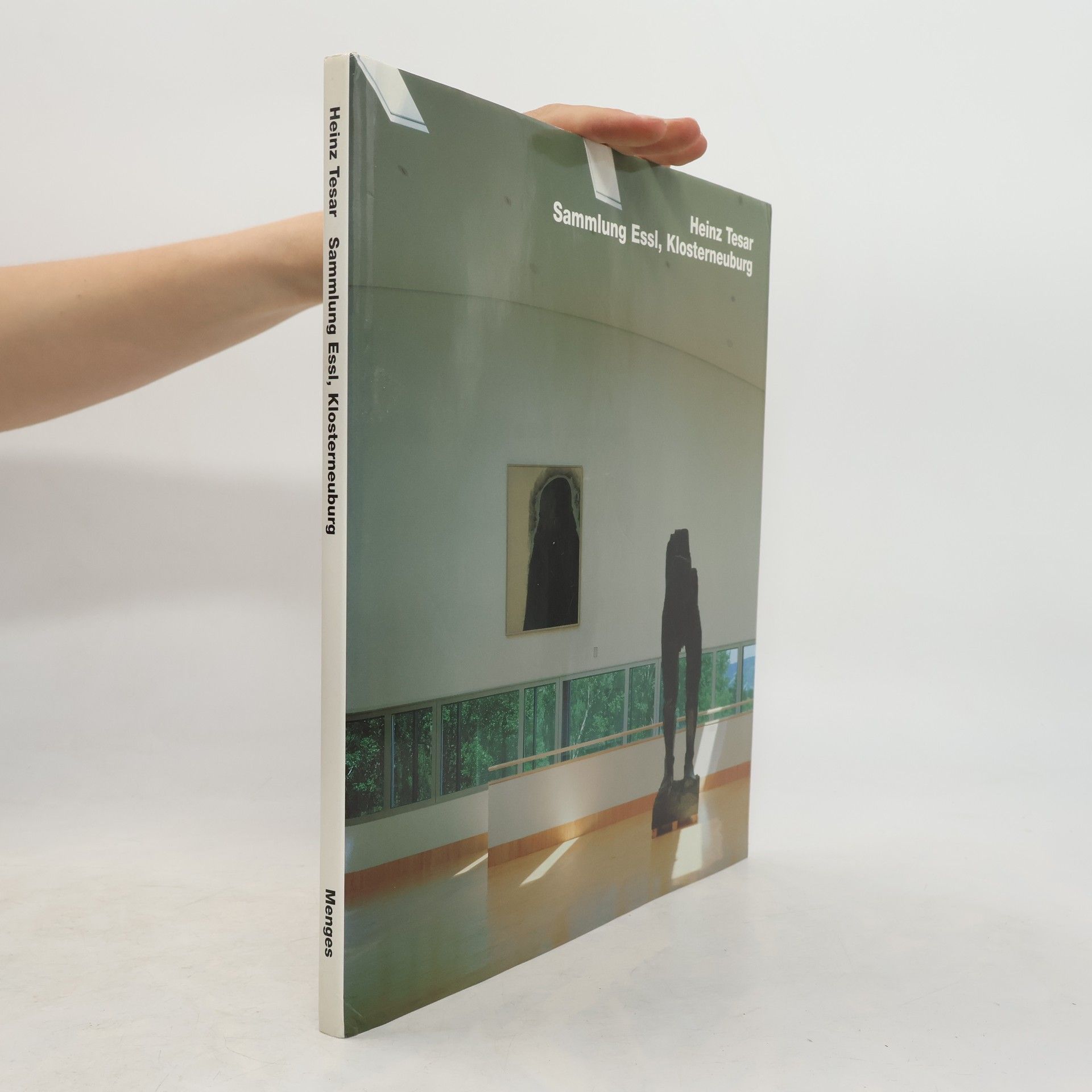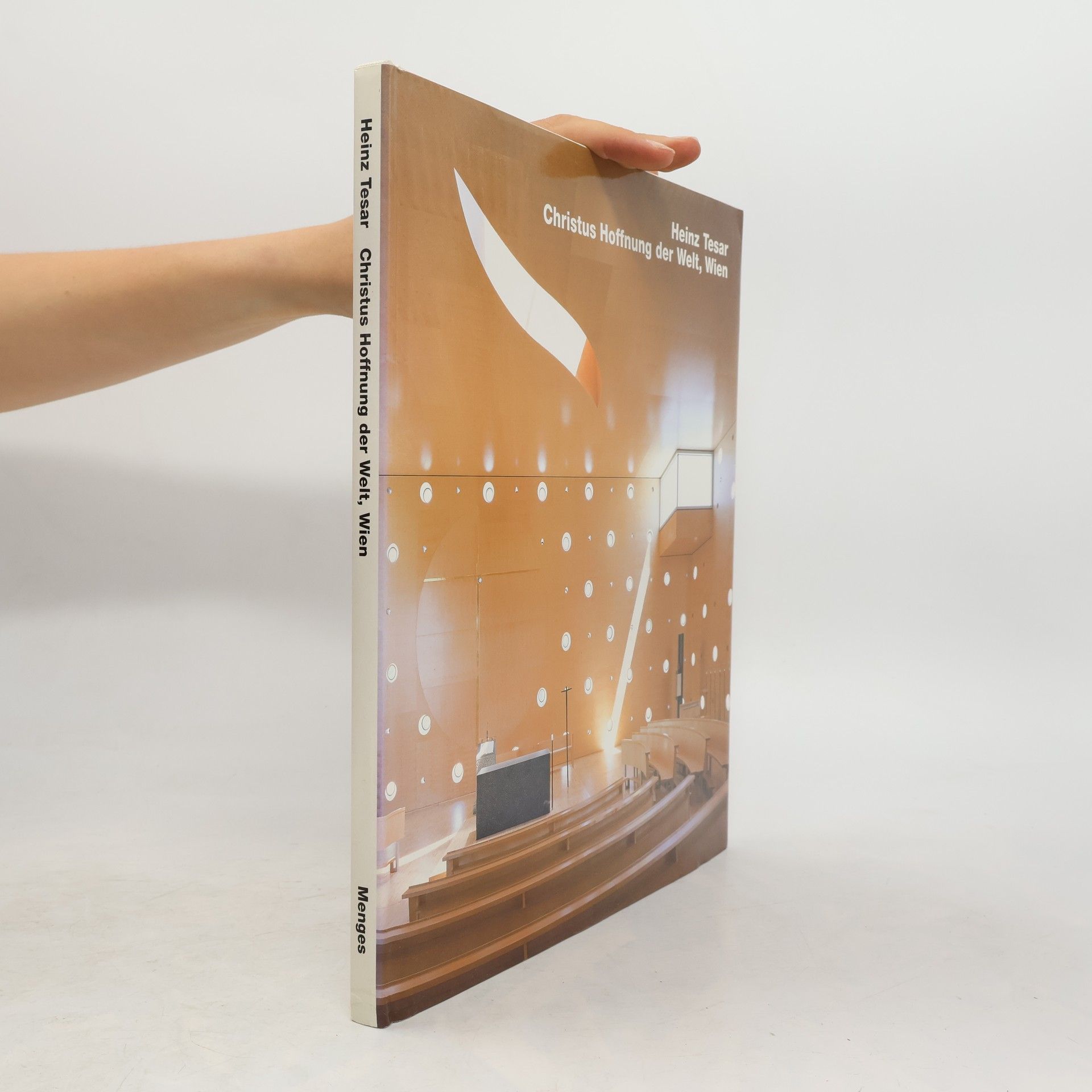Heinz Tesar
- 151bladzijden
- 6 uur lezen
Er rangiert längst unter den wichtigen und bekannten Vertretern jener österreichischen Architektengeneration, die massiv nachrückt und den Holleins, Holzbauers, Peichls. den Rang streitig macht. Er gehört aber auch zu jenen, denen die Konzentration auf das eigene Werk wichtiger ist als dessen mediale Verbreitung: Daher steht das umfassende Buch über Heinz Tesar bis heute aus. Dabei hat sich sein architektonischer Credo weit über Wien hinaus in die architektonische Landschaft eingeschrieben. In der Bundeshauptstadt selbst sind zwar Wohnbauten und ein Kindergarten von ihm geplant worden, aber der Repräsentationsbau des Schömer-Hauses steht in Klosterneuburg; und gerade jetzt wird dort eine evangelische Kirche von ihm fertiggestellt. Auch in Hallein hat Tesar seine architektonische Handschrift hinterlassen: Mit dem Umbau des Stadttheaters und des Keltenmuseums sind dort zwei der bemerkenswertesten Bauten dieses Architekten entstanden



